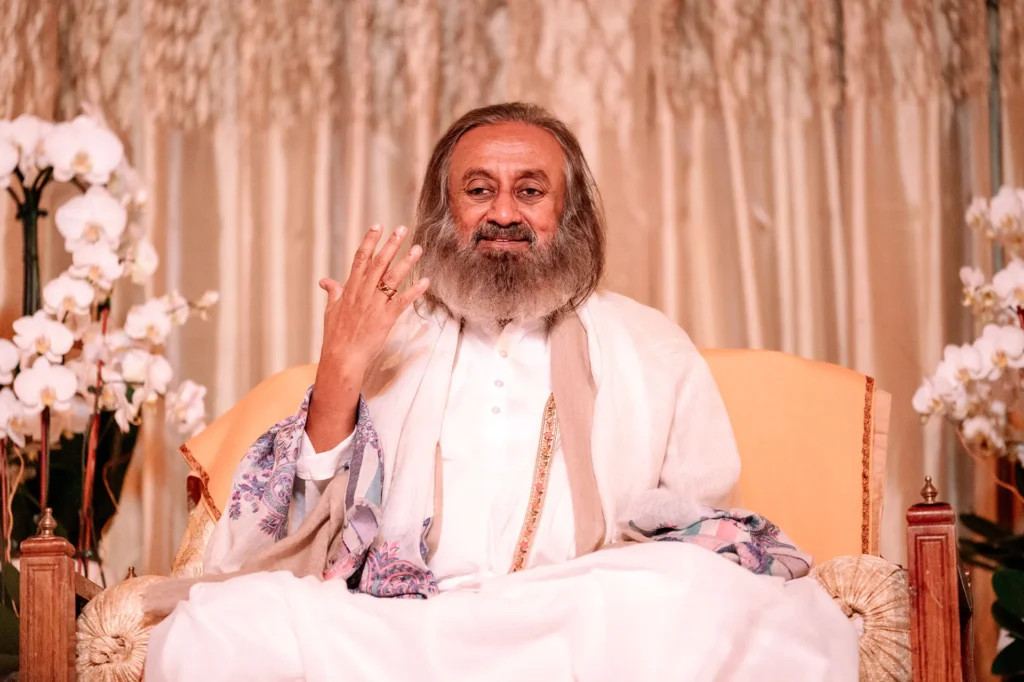In recent years, the proposal for “One Nation, One Election” (ONOE) has sparked vigorous debate across India. Championed by Prime Minister Narendra Modi since 2014, the idea of synchronising Lok Sabha and state assembly polls is being hailed as a means to streamline governance, reduce electoral costs, and potentially boost voter turnout. Yet, this ambitious reform has also been mired in controversy, with critics alleging that it could undermine India’s federal structure and curtail democratic expression.
A Historical Perspective on Simultaneous Elections
India’s experiment with simultaneous elections, which lasted from 1951 to 19G7, provides an important context for today’s discussions. Historical data from this period reveals that the federal structure remained robust; voters were able to distinguish between state and national issues, electing different parties at different levels. Recent examples from the 2019 elections in states like Odisha and Andhra Pradesh further reinforce this point, where regional parties not only thrived but also demonstrated that local issues can hold sway even during simultaneous polls.
Addressing the Myths and the Fear-Mongering Narrative
Critics of ONOE, including prominent opposition leaders and certain media outlets, have raised several concerns. Below, we examine and rebut the five most prevalent myths with evidence and research-backed arguments.
Myth 1: It Undermines the Federal Structure
Opponents argue that holding simultaneous elections would centralise power in the hands of the national government, thereby eroding state autonomy. However, historical evidence indicates otherwise. During the era of simultaneous elections, states like Kerala elected non-Congress governments, demonstrating that voters were more than capable of making distinct choices for national and state levels. Contemporary data from the 2019 elections also suggests that the constitutional division of powers would remain intact under ONOE.
Myth 2: It Disadvantages Regional Parties
A common fear is that national parties, with their superior resources, would dominate the electoral landscape, leaving regional parties marginalized. In stark contrast, recent electoral outcomes tell a different story. For instance, in 2019, the Biju Janata Dal (BJD) in Odisha and the Yuvajana Sramika Rythu Congress Party (YSRCP) in Andhra Pradesh achieved significant wins at both the state and national levels. Moreover, the potential cost savings from a single electoral exercise could level the playing field, enabling smaller regional parties to compete more effectively.
Myth 3: It Is Undemocratic
Detractors claim that reducing the frequency of elections could stifle the democratic voice of the people. However, under the ONOE model, elections would still be held every five years, with provisions for early polls in the event of no-confidence motions or hung assemblies. Notably, voter turnout figures—such as Odisha’s
73.G% and Andhra Pradesh’s 79.8% in 2019–suggest that simultaneous elections may in fact invigorate democratic participation by consolidating the electoral process.
Myth 4: National Issues Will Overshadow Local Concerns
There is also apprehension that the convergence of state and national polls would lead voters to focus solely on broader national issues, thereby sidelining local matters. Yet evidence from past simultaneous elections demonstrates that voters are perfectly capable of differentiating between national and local priorities. For example, while Odisha voters may cast their ballots for the BJD at the state level, they have simultaneously chosen different candidates for the Lok Sabha, thus preserving the relevance of local issues.
Myth 5: It Is Impractical and Costly to Implement
Concerns regarding logistical challenges and escalating costs have also been widely circulated. Critics point to the complexity of organising a massive electoral exercise, with fears that the expenses could outweigh the benefits. On the contrary, analyses suggest that ONOE could lead to significant cost savings by consolidating expenses. The 2014 Lok Sabha elections, which cost approximately ₹3,870 crore, could potentially see reduced overall expenditure if resources are pooled, without compromising the efficacy or integrity of the electoral process.
The Road Ahead for One Nation, One Election
The debate around ONOE is far from a mere academic exercise; it reflects the dynamic interplay between historical precedent and modern-day electoral challenges. The High-Level Committee chaired by former President Ram Nath Kovind has put forward recommendations that include constitutional amendments and phased implementation with state ratification. These measures are designed to maintain federal balance while modernising the electoral framework.
Moreover, proponents argue that the synchronisation of elections could enhance governance efficiency and reduce the administrative burden associated with conducting multiple electoral cycles. The proposal is not an attempt to centralise power, but rather a pragmatic solution to address the logistical and financial challenges of India’s sprawling democracy.



